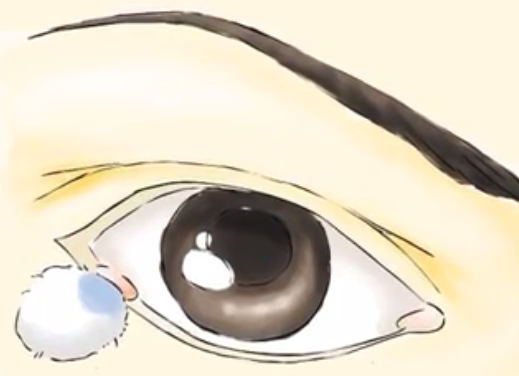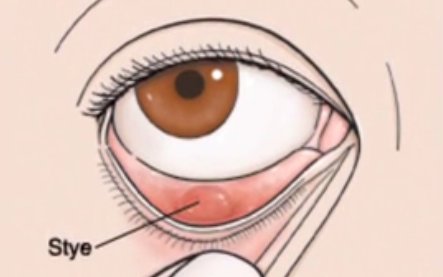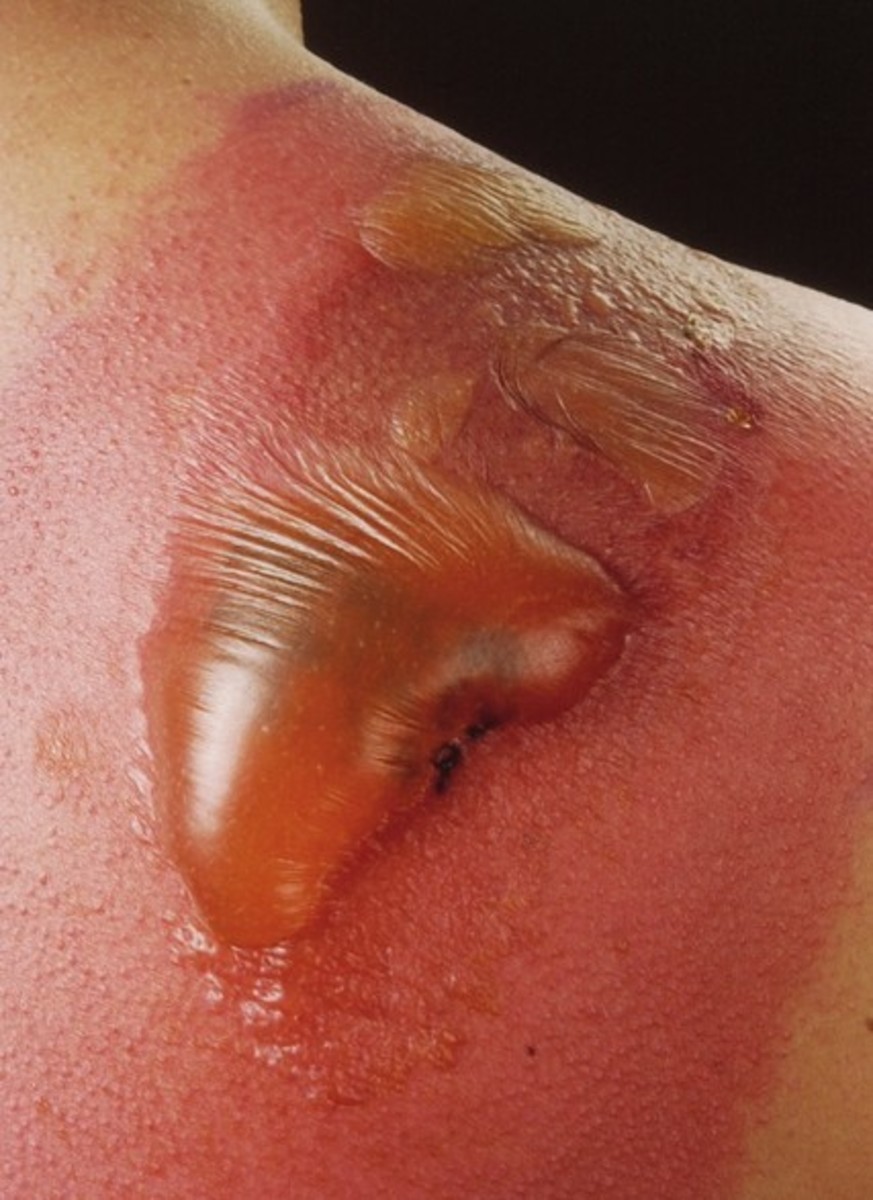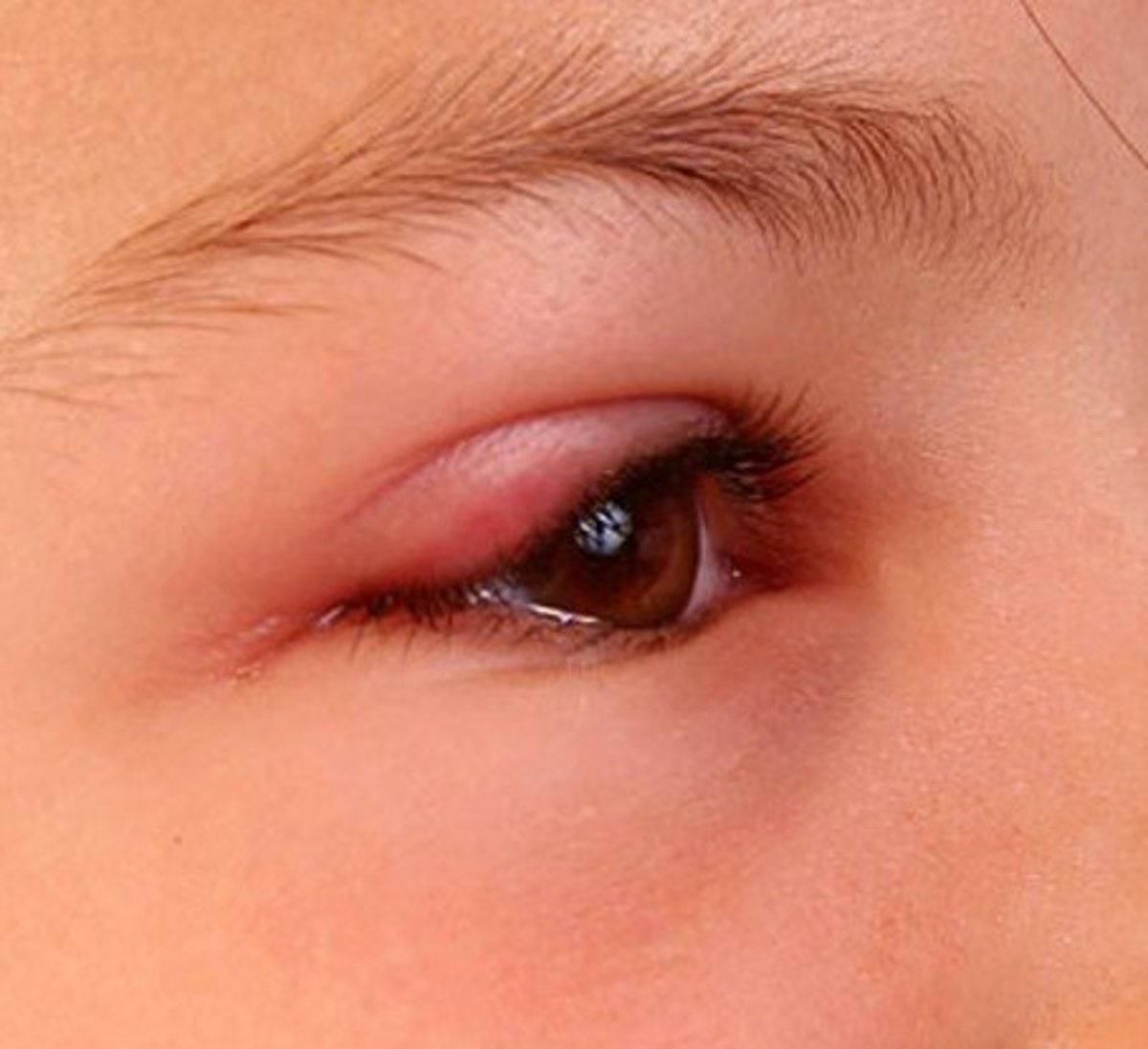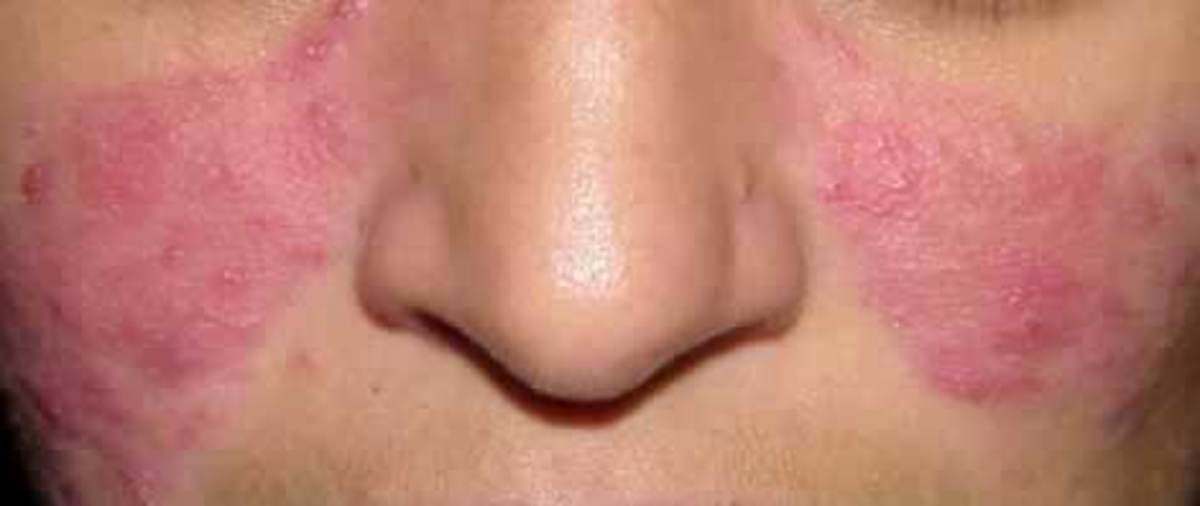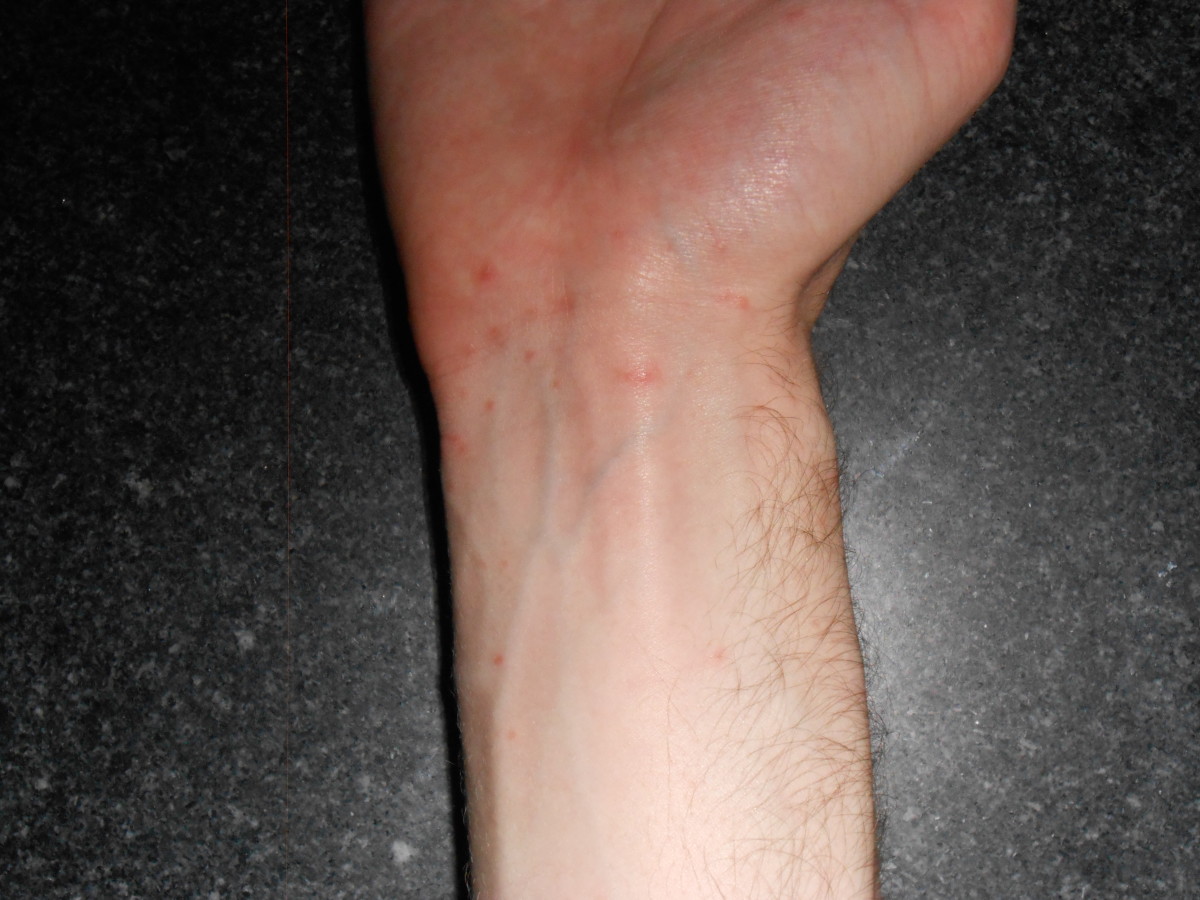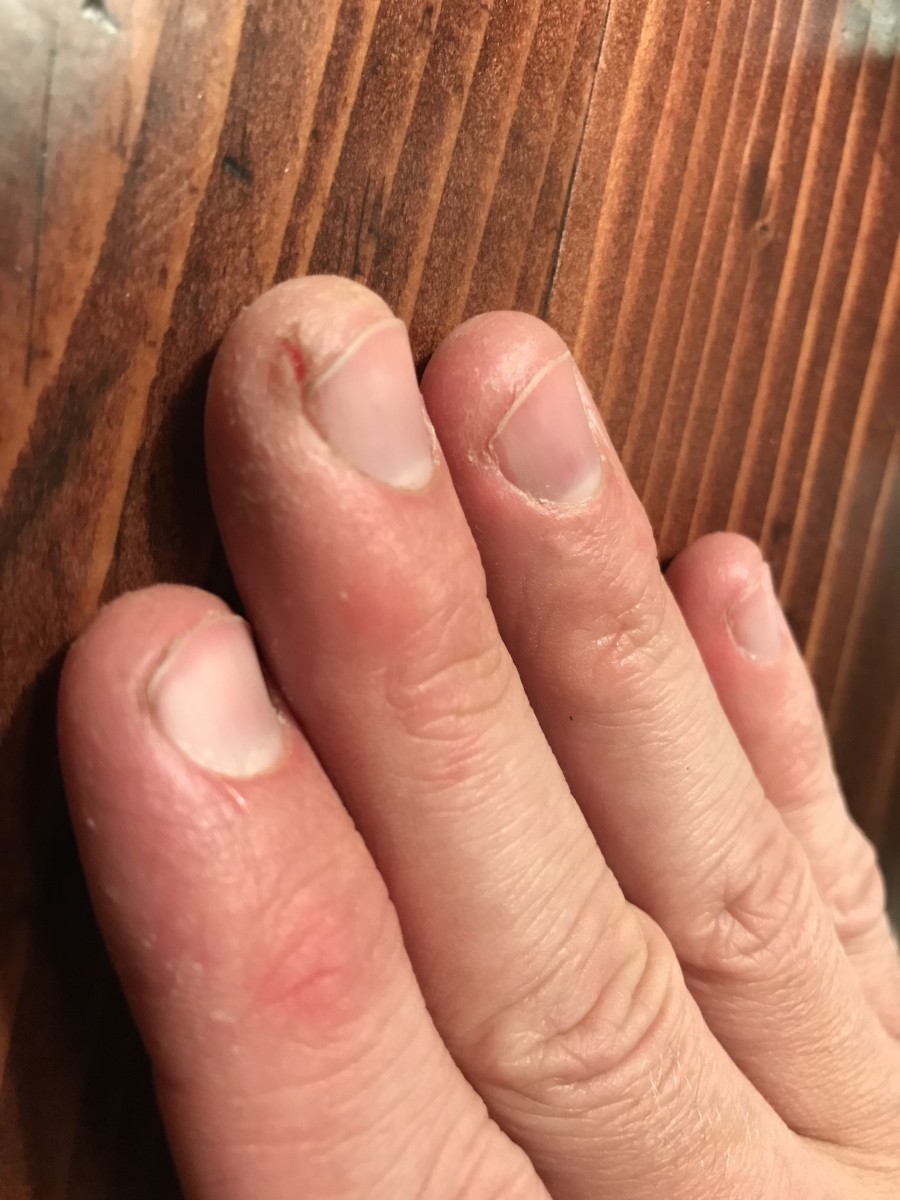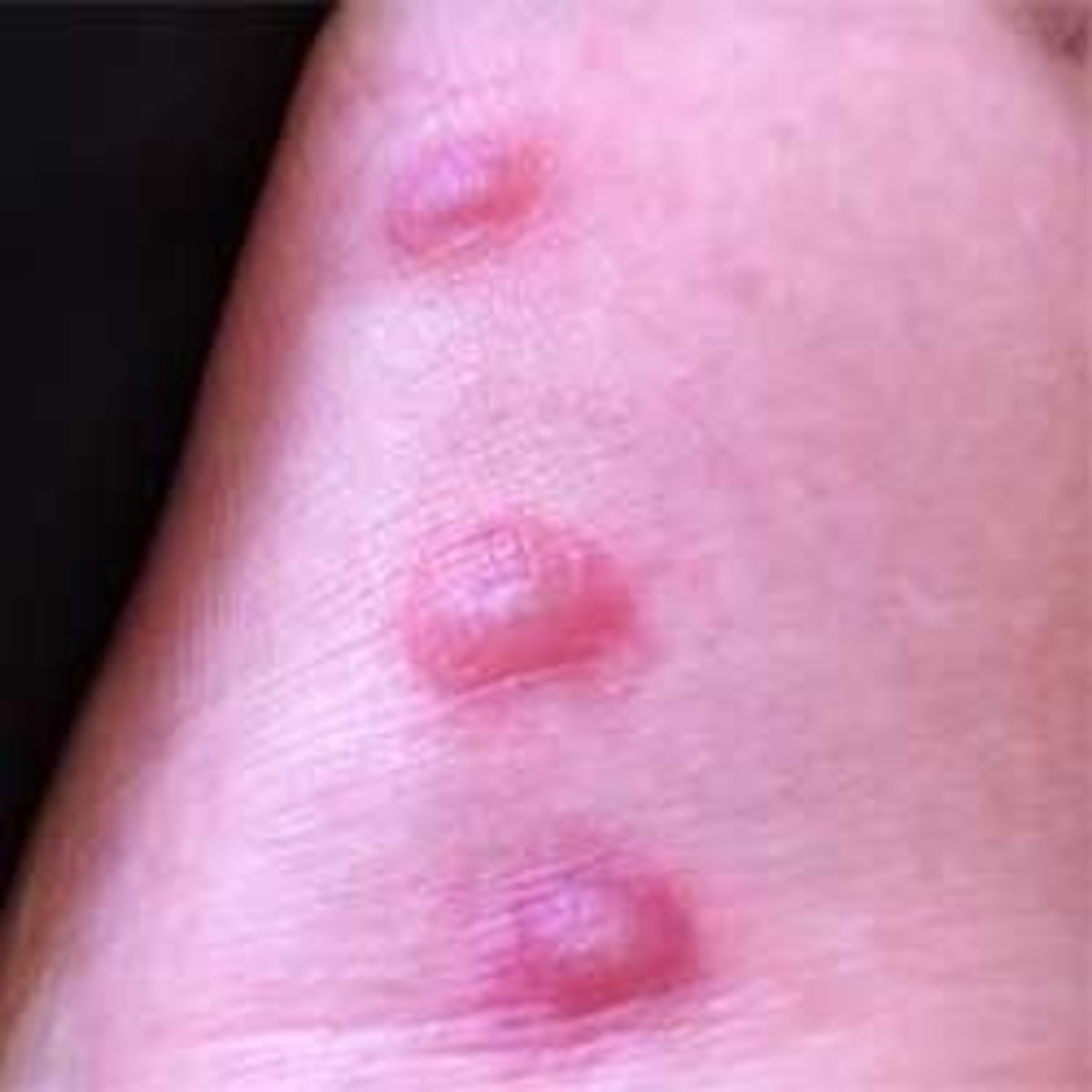Stye – Pictures, Symptoms, Causes, Treatment
A stye is an ocular condition characterized by eyelid inflammation that often affects one of the tiny glands that line the eyelid. While a majority of styes are caused due to bacterial infections, some do not have any bacteria.
Styes result in the development of a painful, reddish boil or pimple-like bump near the eyelid border. They are mostly full of pus. Styes generally develop on the outer section of the eyelids, but can occasionally affect the inside section of the eyelid.
Is an Eye Stye Contagious?
Styes are typically not contagious. It does not spread from an infected individual to a healthy person. The formation of styes is a part of a more complex process rather than just plain contact. Moreover, the immune system tends to fight off stye development. It is possible for the bacteria to pass from an infected person to another. However, such transmission of bacteria rarely results in an infection or stye formation in the other individual.
Most instances of styes resolve on their own without medical treatment. Patients can relieve the discomfort and pain via use of warm compresses.
Symptoms of Stye
Some of the signs and symptoms of a stye are listed below:
- Formation of a reddish bump on the eyelid
- Swelling of the eyelid
- Pain in the eyelid
- Area around the eyelid may experience crusting
- Tearing
There is a tendency to mistake a stye for another kind of common eyelid bump known as a chalazion. A chalazion is not an infection and is quite dissimilar from a stye. It is a circular, solid, painless, and smooth lump that typically develops at some distance from the eyelid border. A chalazion forms as a reaction of the local tissue to glandular oily secretions that could not reach the surface of the eyelid due to blockage of the duct by debris. Both chalazia and styes are mostly harmless. They seldom affect the vision or the eyeball. They have a tendency to recur periodically and can affect people of all age groups.
Patients need to contact a doctor when the condition does not improve with home remedies, persists for more than 48 hours, and/or when the swelling and redness spread to the cheeks and other areas of the face.
Causes of Stye
A stye can be caused due to the following conditions:
- Poor personal hygiene:Bacterial infections generally cause styes, particularly the staphylococcus bacterium. When one touches the eyes with unclean hands, then the bacteria can transfer to the eyelids.
- Inflammation of the eyelids:Presence of a persistent inflammatory disorder of the eyelids called blepharitis can also result in stye formation. Blepharitis may have links with various skin conditions like rosacea or seborrheic dermatitis. Consult a doctor to treat blepharitis and thus prevent stye formation.
Some of the risk factors that can increase the susceptibility to developing styes are as follows:
- Use of contact lenses that have not been properly disinfected
- Changing the contacts without first properly washing the hands
- Using expired or old cosmetics
- Non-removal of makeup before going to sleep
Treatment of Stye
A majority of stye cases tend to fade away on their own without resorting to any specific treatment. Chronic instances of styes may be treated in the following ways:
- Antibiotic creams or eye drops may be prescribed by the health care provider to treat the infection. Oral antibiotics may be prescribed for persistent cases, and if the infection spreads to other parts of the face.
- Pus-filled styes that do not rupture on the own may require surgical incision of the stye and drainage of the fluids. This will help ease both the increased pressure and pain.
Some of the precautionary steps that patients need to follow till the stye disappears are listed below:
- Avoid popping the stye or trying to squeeze out the pus as it can result in spread of the infection. So let the sty run its course.
- Ensure that the eye is kept clean. Do not wear makeup till the stye has disappeared.
- The associated pain can be alleviated with the use of warm and moist compresses. You can wet a washcloth in warm water, wring it, and then place it over the stye. Redo the process when the cloth loses heat. This procedure will help facilitate automatic drainage of the stye.
- Do not wear contact lenses as the bacteria can contaminate it. Instead use spectacles till the ocular condition heals fully.
Prevention of Styes
Follow the below listed guidelines to prevent incidences of styes and other eye infections:
- Avoid sharing cosmetics with others. Throw away eye-makeup used during a case of stye as well as old cosmetics.
- Avoid contact of the hands with your eyes as far as possible. Maintain good personal hygiene by regularly washing hands with an antiseptic soap.
- Patients of blepharitis must adhere to a physician’s advice about eye care, in order for the condition to get cured.
- Ensure that the contact lenses are properly disinfected before use. Wash the hands before putting them on.
Stye Pictures
